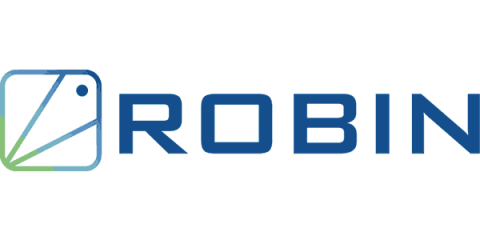Operations | Monitoring | ITSM | DevOps | Cloud
Machine Learning
Cerner depends on Elastic machine learning for a healthy infrastructure
Cerner Corp. is a supplier of healthcare information technology systems, services, and devices. The company, with $5.7 billion in annual revenue, empowers people and communities to engage in their own care. A key aspect of the business is surfacing data to enable their clients to make informed decisions about their healthcare. The 29,000 Cerner employees in 30 countries are on a mission to shape the healthcare of tomorrow.
Ways AI is Driving More Efficient Application Performance Monitoring
In the digital age, the speed and performance of apps and websites have a huge impact on the customer experience. To ensure a high level of quality, Application Performance Monitoring (APM) refers to the process of tracking the performance and availability of software systems. Let’s look at what Application Performance Monitoring is, how AI and machine learning are being applied to stay ahead of the competition, and several real-world use cases.
Anomaly Detection with Machine Learning
Simplifying MLOps with model-driven operators
Five Reasons To Choose Dell and Robin Cloud Native Platform For AI/ML (Blog series - Part 3 of 3)
In part 1 and part 2 of this series, we examined how AI/ML can help improve healthcare and the challenges faced by AI/ML teams in realizing the benefits respectively. In this part, we will explore how Robin and Dell can help overcome these challenges.
Four Key Challenges To Adopting AI/ML In Healthcare (Blog series - Part 2 of 3)
In part 1 of this series, we examined how AI/ML can help improve healthcare. AI/ML is an ambitious undertaking that promises to revolutionize healthcare. Getting excited is easy, but where do you start and why is it not just another empty promise? In fact, despite all these promises and futures, most AI/ML projects fail and don’t deliver. The failure rate of AI/ML projects is starting to make some wonder if this is real or hype.
Fintech AI/ML on Ubuntu
The financial services (FS) industry is going through a period of change and disruption. Technology innovation has provided the means for financial institutions to reimagine the way in which they operate and interact with their customers, employees and the wider ecosystem. One significant area of development is the utilisation of artificial intelligence (AI) and machine learning (ML) which has the potential to positively transform the FS sector.
Five Use Cases for AI/ML in Healthcare (Blog series - Part 1 of 3)
Technology has accelerated changes toward information-based healthcare delivery and management. Today’s multi-disciplinary approach to delivering better healthcare outcomes coupled with advanced imaging and genetic-based customized treatment models depend on AI/ML driven information systems. At Robin.io, we believe machine learning is the life-saving technology that will transform healthcare. AI/ML challenges the traditional, reactive approach to healthcare.
AI and machine learning streamline workflows at Coca-Cola
Coca-Cola is one of the most recognizable brands on the planet. That’s because wherever it’s produced, the quality, product, and design are the same. When three Coca-Cola companies merged in 2016 to create Coca-Cola European Partners, operational differences became apparent. The company needed a way to standardize platforms and processes across 13 Western European countries and 50 bottling plants. We had three systems in place, three ways of working, and multiple languages.









